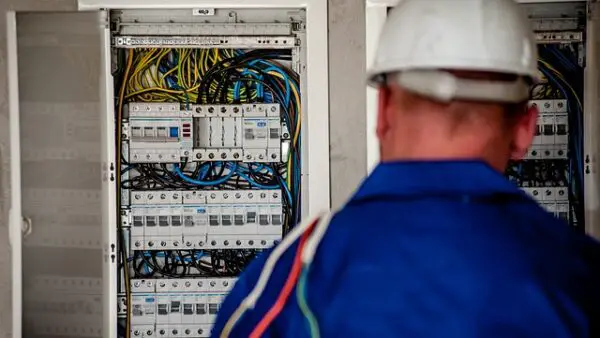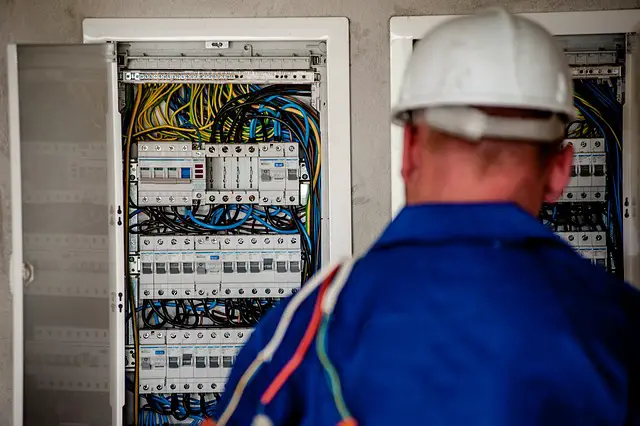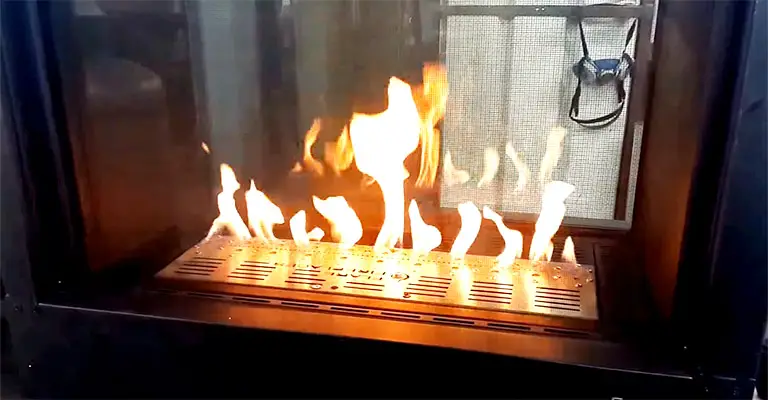Power Strip vs. Surge Protector: Deciphering the Differences for Optimal Protection

Understanding the differences between power strips and surge protectors is crucial for maintaining the safety and longevity of your electronics. Both devices, although similar in appearance, serve distinct purposes. This article aims to delve into the key differences between a power strip and a surge protector, aiding you in making a well-informed decision when choosing between the two.
Power Strips: A Basic Understanding
First, let’s break down what a power strip is. Power strips, also known as extension blocks, are simple devices that provide multiple outlets for various electronic devices. They are handy tools for accommodating numerous devices in spaces with limited power outlets, such as homes, offices, or dormitories.
However, it’s important to note that while power strips offer the convenience of connecting multiple devices simultaneously, they do not provide any form of protection against power surges or spikes. Overloading a power strip by connecting too many high-energy consuming devices can potentially lead to circuit damage or even fires.
Surge Protectors: A Shield Against Voltage Spikes
On the other hand, surge protectors are advanced devices specifically designed to safeguard your electronics against power surges or voltage spikes. They are equipped with a component called the metal oxide varistor (MOV), which absorbs the extra voltage and prevents it from reaching the connected devices, thus averting potential damage.
Power surges can occur for various reasons, including lightning strikes, power outages, or even by turning on high-power appliances like air conditioners or refrigerators. Without a surge protector, these voltage spikes can harm your electronics, impairing their functionality or outright destroying them.
Power Strip vs Surge Protector: Making the Right Choice
Now that we’ve clarified the basic functions of both power strips and surge protectors, how do you decide which one to choose? It all boils down to your specific needs.
If you are merely looking to increase the number of available power outlets without concern for power surges, a power strip is the optimal choice. They are generally more affordable and are perfect for low-energy consuming devices.
However, if you intend to connect expensive electronics like computers, gaming consoles, or home theater systems, a surge protector becomes indispensable. The extra cost is a worthwhile investment considering the protection it provides for your pricey equipment.
Understanding Joule Ratings
When shopping for surge protectors, one important factor to consider is the Joule rating. The Joule rating indicates the maximum amount of energy a surge protector can absorb before it fails. Higher Joule ratings signify better protection. As a general rule, opt for a surge protector with a Joule rating of at least 600 for optimum defense against power surges.
The Importance of Power Strips and Surge Protectors Certifications
While choosing between a power strip and a surge protector, it is also important to consider safety certifications. Look for power strips and surge protectors that are certified by recognized safety standards such as Underwriters Laboratories (UL) in the United States, or similar bodies in other countries. These certifications ensure that the device has been tested and found to meet specific, defined safety standards.
The Role of a Power Strip or Surge Protector in Energy Efficiency
Beyond providing extra outlets or protecting from surges, power strips and surge protectors can also help manage energy usage. Advanced models often come with features such as timers or auto shut-off functionalities, which turn off power to the plugged-in devices when they’re not in use. This can lead to significant savings on electricity bills and contribute to a more energy-efficient home or workspace.
Power Strips vs Surge Protectors: The Longevity Factor
While both power strips and surge protectors are designed for long-term use, it’s essential to understand that their lifespan isn’t indefinite. Power strips can typically last for several years, depending on their usage. However, surge protectors, due to their functionality of absorbing energy spikes, have a more limited lifespan.
The longevity of a surge protector depends on its Joule rating and the frequency and intensity of the surges it encounters. Once the Joule rating is exhausted, the surge protector will continue to function as a power strip but will no longer provide surge protection. Therefore, it’s a good practice to replace surge protectors every few years or after a significant power surge, like a lightning strike.
Conclusion
Understanding the intricacies of power management and protection is paramount in our technologically driven lives. The decision of surge protector vs just a power strip hinges on the nature of the devices you need to power and protect. Remember, not all power strips are equipped to handle an electrical power surge or power spikes, unlike most surge protectors.
A surge protection device, equipped with a circuit breaker and an indicator light, offers a shield against possible voltage spikes that can occur right at your wall outlet. Not only can these surge protectors protect your electronics, but they also provide multiple electrical outlets to power multiple devices simultaneously. While a basic power strip may suffice for low-risk appliances, commercial surge protectors are ideal for high-end, sensitive electronics.
Therefore, when choosing between a power strip and a surge protector, think about the potential cost of replacing your devices, and invest in the appropriate level of protection. The right decision will provide peace of mind, knowing your valuable electronics are safeguarded against any power surges that may come their way.







